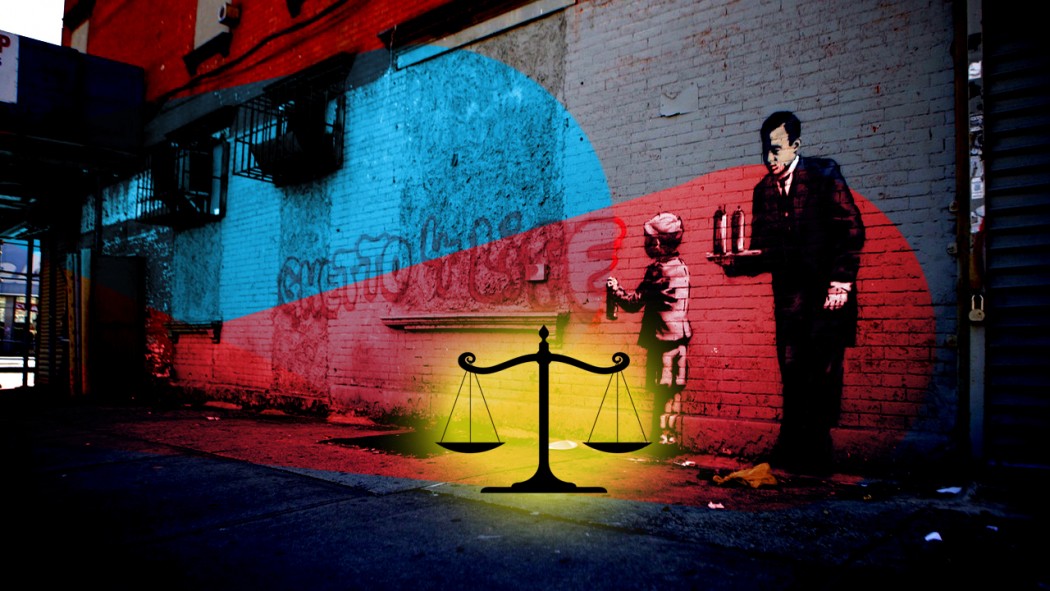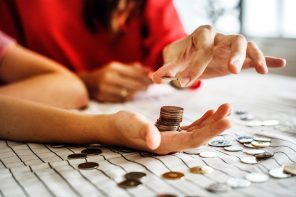Art Lawyer Mekhala Dave answers some of the most frequently asked questions related to the landscape of art, piracy and plagiarism and copyright laws.
With this piece, I focus my attention on a few questions put before me by the Art community in the past few months. We, as a community, are spearheading the landscape of art, in an attempt to preserve the stroke of contemporary art and it’s execution into the art market stream.
Whether you are a Painter, Designer, Digital Artist or Photographer, a theme runs from determining the existence of contemporary art pieces to understanding copyright laws to keeping it from illegal reproduction. For Performance Artists to Film Makers, the dynamic of audience, legal context and the market is far different from those of the above mention. I will be tackling that in my next Question and Answers segment. I have put together some of the answers I have felt best to discuss here.
Image Courtesy – Kulture Shop
Q. How do I know when an artwork comes into existence?
There is subjectivity in identifying artworks for commercial evaluation. This holds good for traditional fine artworks when sold to art dealers meant for consignment, licences or sales. Artworks in tangential forms are easier to regulate and trace in an orderly fashion, for example, the year when the artwork created is easily traceable.
However, a fresh concern leans towards digital artworks where they are loosely uploaded on website and social media like Tumblr, Instagram and Facebook. No right approach exists except when a basic search engine associates artworks to their Artists/Owners directly and without an authentic certificate, determining artworks will depend on the aesthetics of the Artists using advanced technology.
Q. What are the different ways in which Artists may authenticate their artworks?
For purposes of licensing and sales, it becomes important to authenticate artworks. Artists may use their mark or signature on the artwork and additionally, artworks belong to Artists as their own property. I would strongly recommend for a copyright registration in case of disputes relating to ownership of the artwork.
To do this, to engage with a lawyer is not necessary as there is step by step instructions on the Indian government website (that you can see here) complete with fee details based on artwork type and pricing.
Q. Whom do I approach if I require a lawyer for issues with respect to my art?
Typically, Intellectual Property Rights deal with copyrights, trademarks and patents. As an artist and within the art community, it would be advisable to approach a lawyer well versed in Intellectual Property Rights field.
Nationally, Copyright Act, 1957 and internationally, Berne Convention are standard laws that regulate the creative industry.
Q. Is there an organization for authenticating artworks?
The landscape of art market is disorganized, there is no centralized institution or organization that regulates artworks or even releases authentication certificates. Individual institutions such as auction houses, museums or upcoming online forums authenticate artworks on behalf of Artists and Collectors for evidential value. Further, Artists and Collectors must collect their certificates to establish provenance of the artwork.
Image Courtesy – Chuzai Living
Q. Do I need to sign a contract with an organization or institution that consigns, leases or exhibits my artwork?
It becomes necessary for Artists to sign a contract, however, prior to signing the contract Artists must ensure to read terms and conditions in case of any disagreements between the two parties. Artists must have their standards met before they get into any business venture, this clarifies a stance and avoids future disagreements.
Q. In case of an online art theft in terms of illegal reproduction of artworks, who do I report and talk about my grievances?
As art community treats artworks more than mere property and a mark of personal identity. Police registration for small time theft or fraud is adequate. However, the immediate reaction to illegal reproduction of artworks will result in anger and resentment. The aggrieved will be compelled to publicly humiliate the wrong doer.
I advise the best way to react to such a situation is to engage a Lawyer if the level of the theft is greater and results in monetary deprivation.
Any public harm to the wrong doer on behalf of the aggrieved may lead to defamation law suits and a whirlwind of related disputes.
Remember, art theft is a crime.
Q. Shouldn’t the public be made aware of the wrong doing in case of art frauds? Can I publicly engage in a dialogue with respect to how I was wronged?
Once disputes between the aggrieved and wrong doer has more clarity or reached a point of no return, ensuring that the public knows about your grievances is a best way out to create awareness for the art community. With rampant online journalism and community organized events, to speak about your case will propel more discussions and hopefully, find alternative solutions.

Image Courtesy – Photo Attorney
Q. I work at an Art Start-up/ Institution/ Gallery. How do I help Artists to protect their artworks from art frauds?
Even though there are myriad of art frauds, there are very few reported and often underhanded by organizations. If there is a fraud or theft that an organization witnesses on behalf of Artists whose artworks are consigned or leased by the organization, there are limited possibilities.
However, in India, forums like Kulture Shop have a Facebook page for Artists to report their grievances and they collectively help Artists, allowing their legal team to look into the problems as additional services, when otherwise, Artists do not have access to a legal team.
Roughly, the International market is worth 50 billion dollars and largely unregulated.
Internationally, organizations such as Art Loss, Interpol and UNESCO strongly advocate and throw light on issues of illicit trafficking of artworks of national importance, black market within the art market and most wanted stolen art objects of well-known Artists.
Collectively, it is a necessity, to realize the worth of artworks, to protect not just individual originality but also as a contribution into the narration of situating collective identity as an emerging Indian art community. The beginning is to understand individual rights from the framework of laws and slowly, move to the trajectory of standing up to greater concerns that affect the art community.
As always, you may approach either us at The Yellow Sparrow or Mekhala personally (for lawyer-client privilege of confidentiality) at mekhala.dave@gmail.com for your queries and updates; she will reply to your enquiries as soon as she can.
Keep watching this space for more such articles by Mekhala!













